- Home
- >
- Preservation Archaeology Blog
- >
- Student Post: Preservation Archaeology
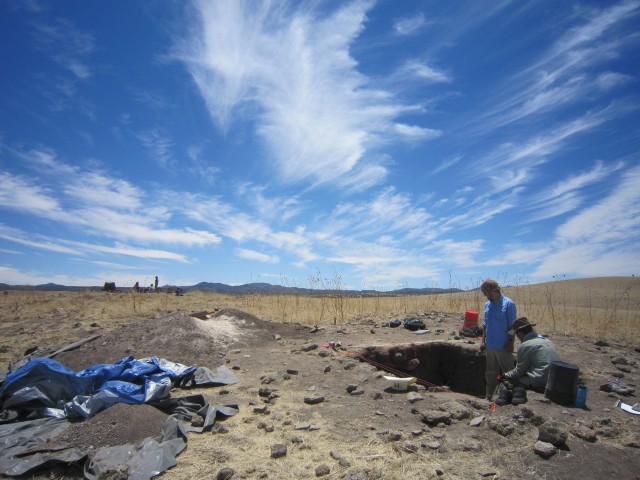
The other day we had our Ethics Bowl, where we split into different groups and were given different cases that could arise when working on an archaeological project. We then had to discuss the different ethical issues that are associated with those different situations. My group had a question relating to curation and the amount of material that should be collected from an archaeological site. Curation is the collection and storage of material that has been excavated on an archaeological site. We soon got into a debate over whether or not it is worthwhile to excavate everything from a site or to only excavate some of the site and leave the rest for later generations.
I found this really interesting since one of the primary focuses of our project here at Mule Creek is to conduct Preservation Archaeology. Preservation Archaeology is a method of archaeology for which not everything is excavated from a site. This is beneficial in that researchers get what they need to answer their research questions without having to destroy the entire site. It also saves the sites for future research. It is a good idea to save part of the site for future generations because new and more exact dating techniques could be discovered in the future that could be used on the site.
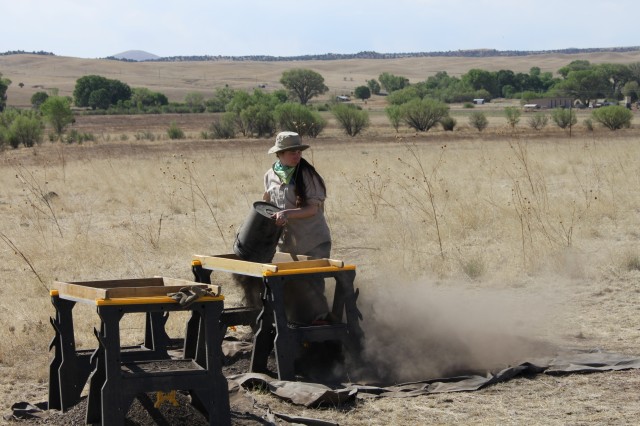
Here at Mule Creek we are only excavating parts of the different room blocks that can help us answer the questions we are interested in answering. For each of the different room blocks, we have only opened one or two units to try and figure out what is going on in the unit. We have been able to figure out a lot of information despite small units. In the kiva, we have been trying to figure out the architectural sequence within the large outer walls. In order to find out as much information as possible, we set up the units throughout the kiva based on where we thought the wall was on the surface. The following units were places in areas where we thought that important features might be.
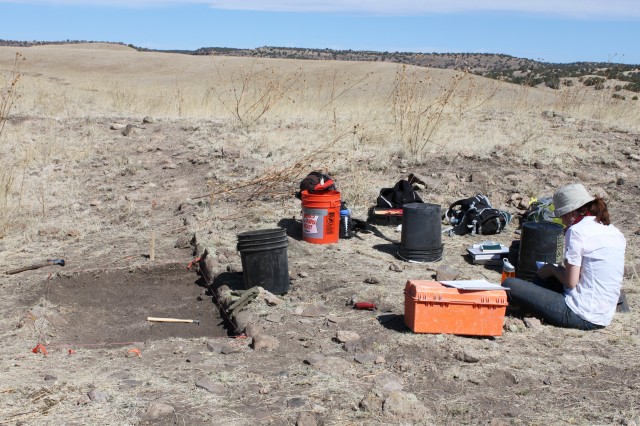
Preservation Archaeology doesn’t only apply to excavating sites. It also helps protect sites from potential looting and vandalism. Using a combination of site easements, property ownership and education, preservation archaeology tries to keep looters off of sensitive sites and share findings with the local community.
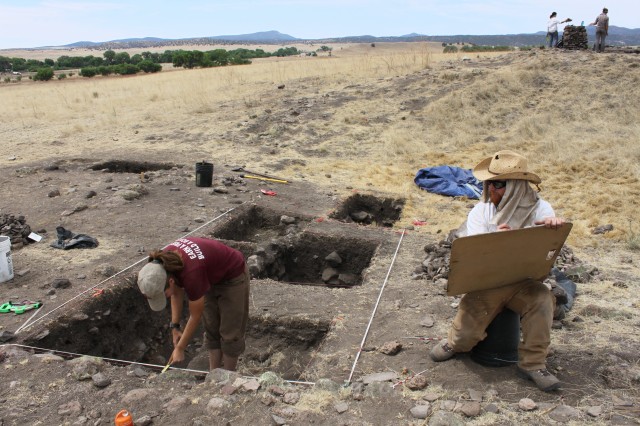
Some projects do not have enough money to curate everything that they find at a site. If these projects take more than they can curate, the collections end up sitting in a box in someone’s garage or in the basement of a building. Here it will most likely be destroyed from not being held in the proper conditions. By using preservation archaeology techniques and not excavating the entire site, research can ensure that the material that they do find can be curated properly and can remain useful to other researchers.
— Emily Polansky, Rutgers University
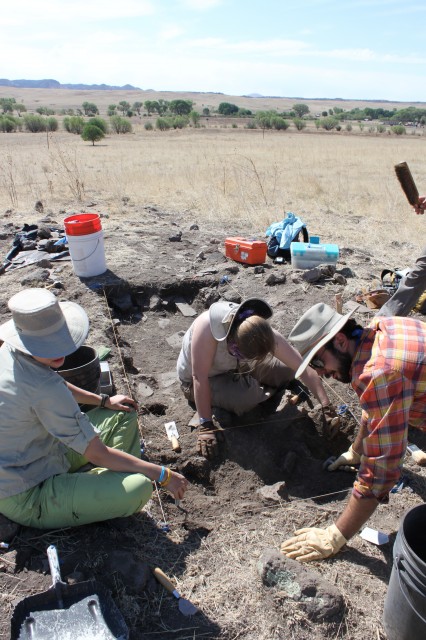
…
Explore the News
-
Join Today
Keep up with the latest discoveries in southwestern archaeology. Join today, and receive Archaeology Southwest Magazine, among other member benefits.